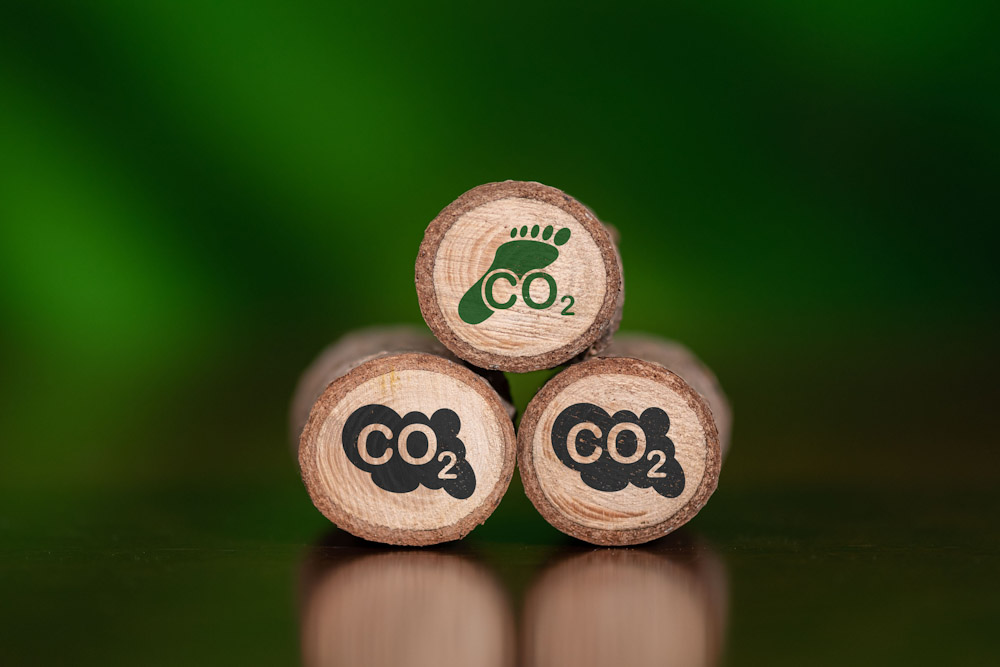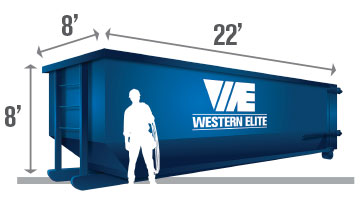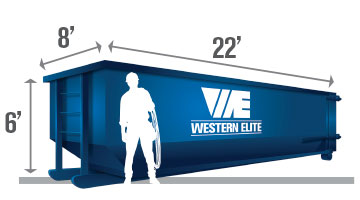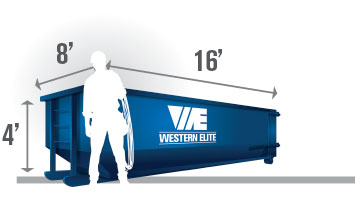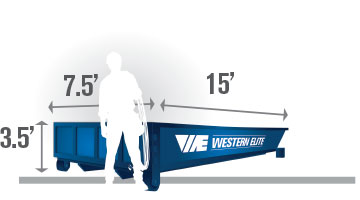What types of containers does your food come in? What packaging materials are on the items you regularly purchase and have delivered to your front door? How many items of clothing do you toss in the trash each year? What do you do with worn-out furniture? When you start to look around at the things you cast-off to our Las Vegas landfill each year, it adds up quickly.
In case you’re not familiar with the term, “carbon footprint” is a measurement of your impact on the environment. Through a variety of actions, each individual person and/or business adds to the greenhouse gases (carbon dioxide, methane, nitrous oxide, ozone, etc…) generated on Earth. Greenhouse gases contribute to global warming because, once in the atmosphere, they trap heat on Earth. Greenhouse gases can also exacerbate respiratory problems because they can increase air pollution and smog.
How is Carbon Footprint Calculated?
A carbon footprint is measured by taking into account the following:
- How often a person (or company) drives a car
- Use of air travel
- Use of electricity
- Recycling practices
- Diet
The measurement of one’s carbon footprint is in tons, and it typically focuses on carbon dioxide emitted by the aforementioned practices, although other gases are considered. Studies show each person in the United States has a 16-ton carbon footprint.
Easy Ways to Reduce Your Carbon Footprint
Now that you know how much your actions can potentially impact the Earth, what can you do? Reducing or offsetting your carbon footprint can feel overwhelming. But much like starting a recycling program in your home or business, you can start with small steps. Literally!
Alternate forms of transportation – Walk or bike as much as you can to reduce your carbon footprint. If that’s not a feasible option for getting to work, school or doing grocery trips, you can use public transportation or carpool. For those working from home, you’ve already made a difference in the size of your carbon footprint by reducing how often you drive.
Unplug every day – You’ve probably heard it a lot, but unplugging is not only good for your mental and physical health, but it’s good for the environment, too. Reduce your electricity consumption by unplugging items when not in use. Consider using alternate forms of energy for your home or business, such as solar panels. Look around your home or workplace and see if there’s something you can do without. Even something small, like hanging clothing out to dry instead of using a gas/electric dryer can make a difference.
Change your diet – Adding more plants into your diet, to replace meat, can help reduce greenhouse gases emitted from agriculture practices. Depending on how much of your meat and dairy you replace with plant options, you could reduce your carbon footprint by eight pounds per day. Even purchasing foods produced locally can make a difference, since fewer resources are used to get the food from farm to table. Also, rather than tossing food into the trash so it ends up in a landfill, you could consider composting and adding it to your own yard or garden.
Plant a tree – Speaking of plants, you can plant one to help offset your carbon footprint. As you know, plants clean the air and can help reduce the amount of greenhouse gases around us. If you can’t immediately reduce your own carbon footprint by changing your lifestyle, maybe you could at least plant a tree.
Average Trash Produced by One Person
We’ve talked about the greenhouse gases produced by the average American; but what about actual, tangible trash? Recent studies calculate that the average amount of trash produced yearly is 2,072 pounds per person. What does all that garbage consist of?
- Newspapers
- Books
- Paper goods – copy paper, paper cups/plates
- Aluminum cans
- Plastic containers – water bottles, Tupperware
- Apparel – clothes and shoes
- Cardboard
- Food
Worldwide, the United States is known for producing more waste than any other country.
How to Produce Less Waste
Small changes in your lifestyle can help produce less waste. Besides the obvious answer – recycling – what else can help produce less waste in America?
- Reusable water bottles
- Purchase food in bulk and store in reusable containers at home
- Shop second-hand
- Grow a home garden
Hopefully, those suggestions don’t seem too overwhelming. Simply being more conscious of what you’re literally putting out into the world can make a difference for the world you live in, and the world you’ll leave behind.

